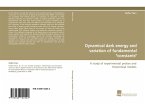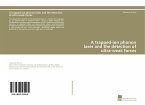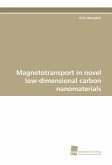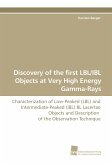The ion-induced desorption of Oxygen-Free High Conductivity (OFHC) copper samples has been studied at room temperature for various primary ions: noble gas ions and ions produced by the ionization of the common gases encountered in accelerator vacuum systems, i.e. H2+ CH4+ CO+ and CO2+. The measured dependence of the desorption yields, i.e. the number of molecules released from the sample surface by incoming ions is presented and discussed subjected to the mass, energy and nature of the incident ions. In this context, the decrease of the ion-induced desorption yield as a function of the incident ion dose (so called "beam cleaning") has been studied for OFHC-copper and other materials. From these measurements, desorption cross-sections have been calculated and are compared with results from corresponding measurements found in the literature. A model, which relates the sputter yield with the nuclear and electronic energy loss of ions in matter, has been applied to the ion-induced desorption: Conclusions concerning the influence of the mass and energy on the mechanism of desorption are presented.
Bitte wählen Sie Ihr Anliegen aus.
Rechnungen
Retourenschein anfordern
Bestellstatus
Storno








